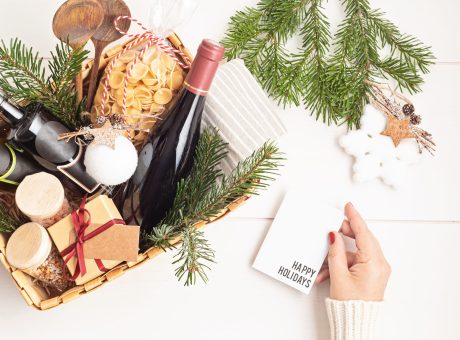Grape to Glass: Ripening

Ripeness in grapes for winemaking is determined by many factors. The decision to harvest grapes is determined by the kind of grape, the location, the length of the growing season, the sugars and the acidity. Unlike other fruit like bananas and apples, grapes don’t keep ripening when they’re off the vine, so testing and tasting are key to make sure they’re picked at exactly the right time.

The kind of wine
The style of wine is the main consideration for when to pick the grapes. On a very basic level, the earlier that grapes are picked, the higher the acidity. The later the grapes are picked, the higher the sugar content (called :Brix”).
The location
One of the categorizations of wine is warm weather wine and cool weather wine. Warm weather wines, with grapes from places like California, produce grapes with less acidity and more ripe fruit flavors. The average rainfall and humidity affects the ripening of grapes as well, with more care needing to be taken to avoid mildew or mold.
Even the grape’s location on the vine affects ripening. Grapes that are exposed to the sun ripen at different rates as the grapes that are shaded. The ripeness doesn’t depend on ripe sunlight though, the leaves of the vine develop the sugar – which then transfers to the fruit.
Sugars
Sugar ripeness will determine how strong the alcohol is in the wine—higher sugars mean higher alcohol. It also can determine sweetness levels in the finished wine. In the US, it’s left up to the individual grower how they want to proceed, but in other countries both the level of the alcohol and of the residual sugar can be mandated by a government agency.
Both photosynthesis and the stored carbohydrates in the roots and trunk of the grapevines creates the increase of sugars in the grapes. The sucrose that’s created by photosynthesis transfers from the leaves to the grapes as it breaks down into molecules of glucose and fructose.
Acidity
Acids are also needed to determine ripeness. Grapes need to have acids low enough to create a delicious wine, but high enough to create balance. For bitterness, vineyard managers check for underripe tannins to many can make the final product too bitter.
Thankfully, vineyard crews have tools and experience to make sure that the grapes they pick are for the right style, place, sugar and acidity to create the perfect glass of wine.
Need to catch up on our past Grape to Glass installments? Find them on our blog here:
Grape to Glass: Flowering and Fruit Set




Leave A Comment